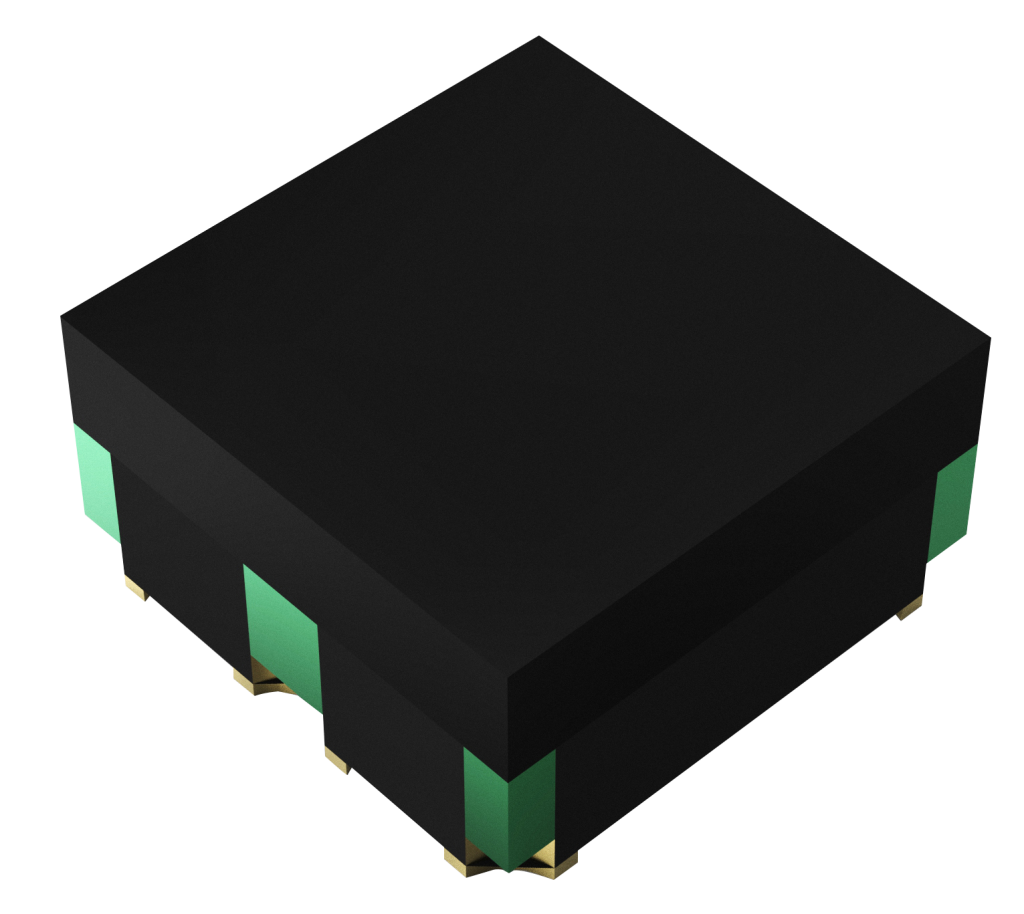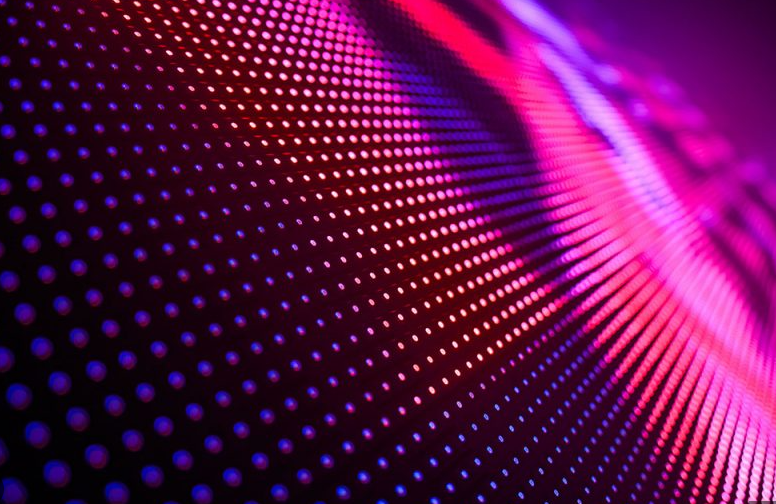You may find a lot of Kinglight LEDs for screens containing a letter A in their ID names, such as the TOP1010-A1, 1820N-A1, 2727-A4-T70, etc. A, here stands for AU, which means gold wires are applied while the packaging process in these LED products. On the other hand, Kinglight LEDs without letter A in their IDs usually apply copper wires for electrical connections. Here in this article, we’ll discuss wire materials in LED packaging, including the most commonly used gold wires, alternative materials like aluminum, copper, silver, etc.

Kinglight MC1515PRGBW-M1 Display LED
No doubt that gold is the most commonly used wire material in LED packaging. It offers several advantages as below.

High Electrical Conductivity:
Gold has excellent electrical conductivity, making it an ideal material for wire bonding in LED packaging. It ensures efficient and reliable electrical connections between the LED chip and the package, minimizing resistance and maximizing electrical performance.
Good Thermal Conductivity:
Gold possesses good thermal conductivity, allowing it to effectively dissipate heat from the LED chip. Efficient heat dissipation is crucial for LED performance and longevity, as excessive heat can degrade the LED’s efficiency and lifespan. Gold wire bonding helps in maintaining lower operating temperatures and enhancing overall LED reliability.
Corrosion Resistance:
Gold is highly resistant to corrosion and oxidation, ensuring long-term stability and reliability of the wire bonds. This resistance protects the integrity of the electrical connections and helps maintain consistent LED performance over time, even in challenging environmental conditions.
Wire Bonding Reliability:
Gold wire bonding has a proven track record of reliability in LED packaging. It offers strong mechanical bonding, excellent wire strength, and wire bond stability under various stress conditions, such as thermal cycling, vibration, and mechanical shocks. This reliability contributes to the overall robustness and durability of LED devices.
Compatibility with High-Frequency Signals:
Gold wire exhibits excellent signal transmission characteristics, making it suitable for high-frequency LED applications. It enables efficient transfer of electrical signals within the LED package, ensuring accurate and reliable performance, particularly in advanced LED technologies that require precise control and fast response times.
Material Compatibility:
Gold is chemically inert and non-reactive, making it compatible with various packaging materials and processes used in LED manufacturing. It allows for reliable bonding to different substrate materials, such as ceramic or organic materials, without causing degradation or compatibility issues.
Aesthetics and Market Perception:
Gold wire bonding can contribute to the aesthetic appeal of LED devices, particularly those intended for high-end or luxury applications. The use of gold wire can enhance the perceived quality and value of the LED products, appealing to customers and end-users.

Kinglight LED Packaging – Die Bonding Lines
While gold is a commonly used wire material in LED packaging, there are alternative wire materials that can be utilized based on specific requirements and cost considerations. Here are a few examples:
Aluminum (Al) Wire:
Aluminum wire is a cost-effective alternative to gold wire. It offers good electrical conductivity and thermal conductivity, although not as high as gold. Aluminum wire is lighter than gold, which can be advantageous in certain applications. However, it is generally more susceptible to oxidation and may require additional protective measures during packaging.
Copper (Cu) Wire:
Copper wire is another alternative to gold wire in LED packaging. It has excellent electrical conductivity comparable to gold. Copper wire provides good thermal conductivity and is relatively cost-effective. However, copper is more prone to oxidation and may require surface treatment or protective coatings to prevent corrosion.
Silver (Ag) Wire:
Silver wire offers high electrical and thermal conductivity, even better than gold. It provides excellent performance characteristics for wire bonding in LED packaging. However, silver is more expensive than gold and can be susceptible to tarnishing or sulfur-induced corrosion in certain environments.
Palladium (Pd) Wire:
Palladium wire is a viable alternative to gold wire in LED packaging. It offers good electrical conductivity and corrosion resistance. Palladium wire bonding can provide reliable connections and is often used in applications where cost is a significant factor.
Besides the previously mentioned wire materials, there are a few other wire materials that are sometimes used in LED packaging. While they may not be as commonly used as gold, aluminum, copper, silver, or palladium, they can still serve specific purposes or offer unique advantages in certain applications. Here are a couple of examples:
Alloy Wires:
Some LED manufacturers use alloy wires, which are composed of a combination of different metals. For instance, alloy wires made of gold and copper are sometimes used to balance the electrical conductivity and cost considerations. These alloys can provide a compromise between the properties of their constituent metals.
Platinum (Pt) Wire:
Platinum wire has excellent corrosion resistance and high-temperature stability, making it suitable for specific LED packaging applications that involve extreme conditions. However, platinum is a relatively expensive material, making it less commonly used in LED packaging due to cost considerations.